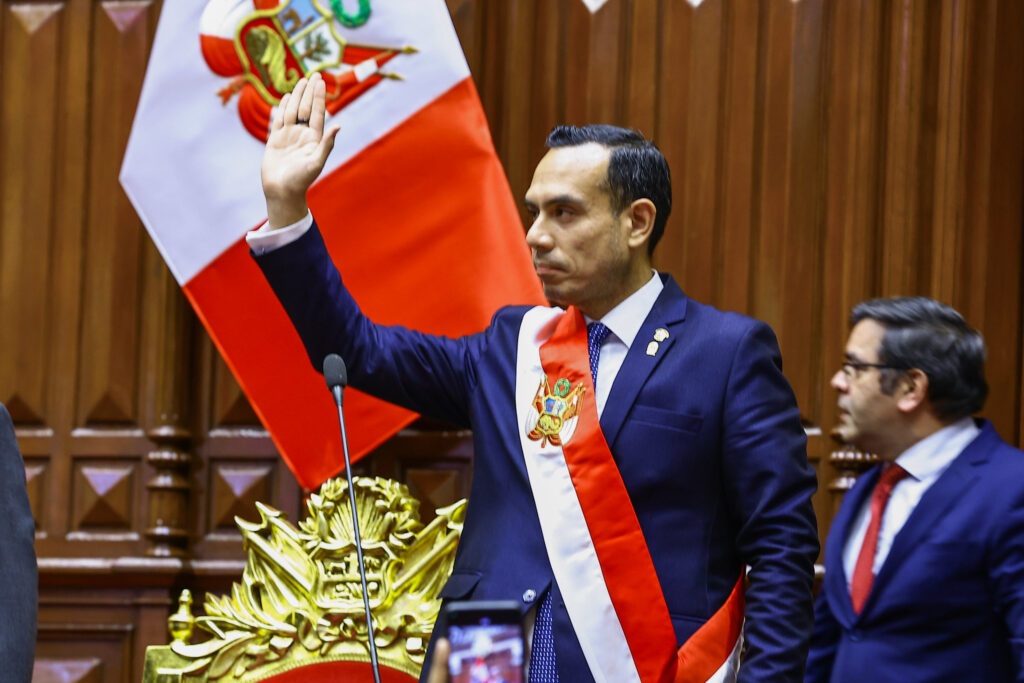With an investment of over 2 billion dollars and designed to serve more than 40 million passengers a year, the new Jorge Chávez Airport in Lima triples its previous operational capacity and positions itself as the most modern in South America. With this expansion, the terminal now has five levels, two runways and a 65-metre-high control tower, positioning it as a strategic hub for economic growth in Peru, boosting foreign trade, tourism and job creation.
Located in the constitutional province of Callao, 12 kilometres from the city of Lima, the airport will enable greater air cargo movement, particularly benefiting key sectors such as agricultural exports. High-value Peruvian products such as blueberries, asparagus, mangoes and flowers will be able to reach markets in Europe, Asia and North America faster and fresher thanks to more frequent flights and new direct routes. This will not only reduce logistics costs for exporters but also strengthen Peru’s competitiveness as a reliable supplier in global trade.
In 2024, Jorge Chávez Airport handled more than 256,000 metric tons of air cargo, representing a 6.6% increase over the previous year, according to data from the Supervisory Agency for Investment in Public Transport Infrastructure (OSITRAN). With its modernisation, it is estimated that this capacity will increase significantly, allowing for a greater volume of exports with international standards. At the same time, it is projected that 121,000 new jobs will be created in its first year of operations.
This mega-project could contribute $1.562 billion to the national Gross Domestic Product (GDP) – representing 0.6% of the total – and contribute up to 14% to the GDP of the Callao region, according to a study by Apoyo Consultoría.
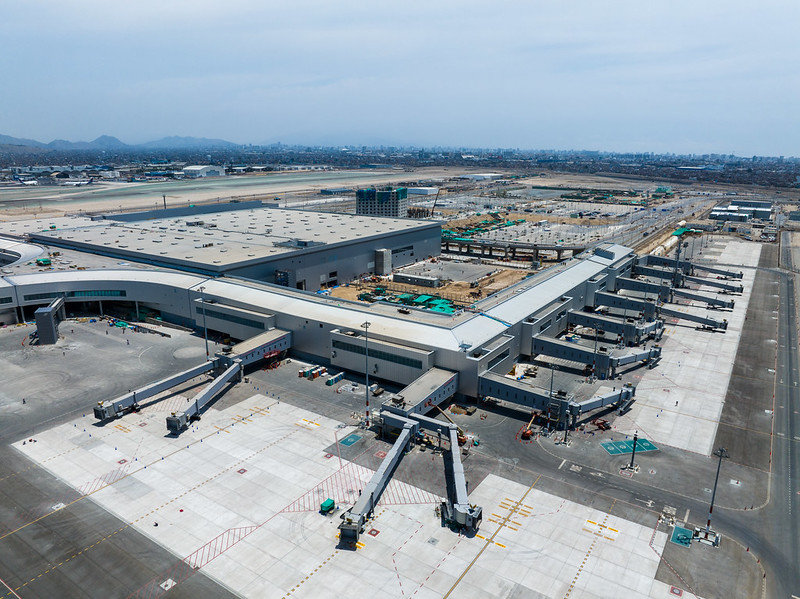
A growing curve in the tourism sector
According to the National Institute of Statistics and Informatics (INEI), in the first quarter of 2025, Chile topped the list of countries of origin of foreign visitors entering Peru, accounting for 42.2% of the total. The United States ranked second (11.4%), followed by Ecuador (9.6%), Bolivia (7.3%), Colombia (6.9%), Spain (4.5%), Brazil (4.3%) and Panama (3.4%). Mexico and Argentina each accounted for 2.3%, while France accounted for 1.7%, the Netherlands 1.5% and Canada 0.6%.
Between January and April 2025 alone, more than one million foreign tourists visited Peru, a figure that grew by 68,000 people compared to the same period last year, according to the Ministry of Foreign Trade and Tourism (Mincetur). Between January and February, the entity reported that Machu Picchu, in Cusco, continues to be the most visited place by tourists (63% foreign and 37% domestic). Mincetur specified that 191,351 visitors arrived, an increase of 16.7% compared to the same period last year.
Next are the Saqsayhuaman Esplanade in Cusco (135,336 visitors); the Paracas National Reserve in Ica (130,856); the Ballestas Islands in Ica (122,775); and the Ollantaytambo Archaeological Park in Cusco (107,093). Also noteworthy are the Pukapukara Archaeological Site in Cusco (100,746), the Moray Archaeological Complex in Cusco (97,045) and the Chancay Castle Tourist Centre in Lima (92,741).
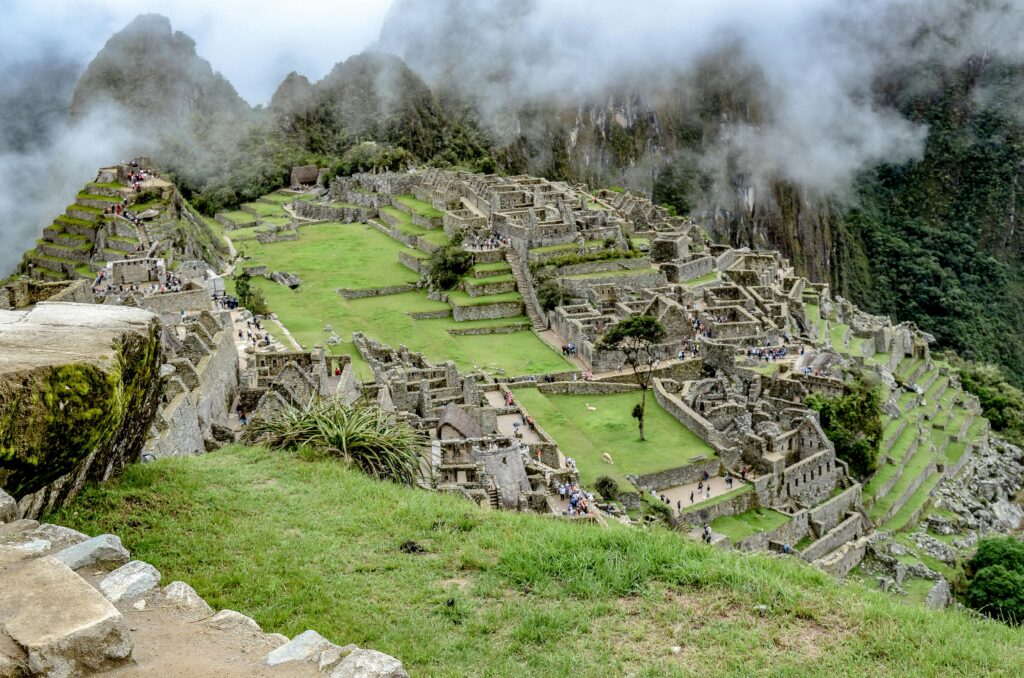
Sophisticated cuisine
One of Peruvians’ greatest sources of pride is their food. It is also one of the main sources of economic growth in Peru, which is why the entire gastronomic tradition is represented by internationally renowned Peruvian chefs, such as Gastón Acurio and Mitsuharu Tsumura—owner of Maido, which has been named the Best Restaurant in the World according to The World’s 50 Best Restaurants 2025 ranking—who have restaurants from their chains within the proposal that also represents a unique showcase for local and international brands wishing to connect with global audiences in a vibrant and sophisticated environment.
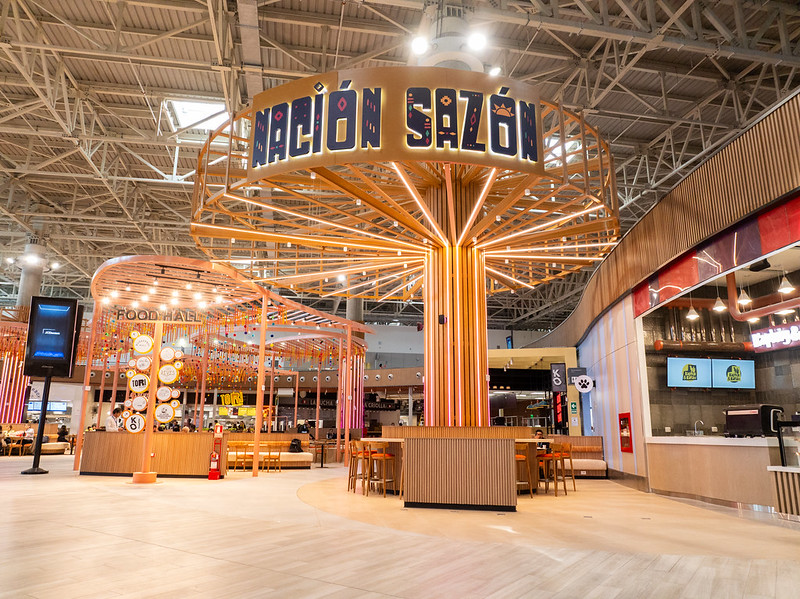
There are more than 9,000 m² dedicated to commerce, where duty-free luxury, Peruvian identity, and a high-end consumer experience coexist. The terminal has more than 70 commercial premises, including restaurants, shops, banking services and VIP lounges, all designed to provide authentic and accessible experiences throughout the day, turning the airport into a meeting point for gastronomy, culture and national pride.
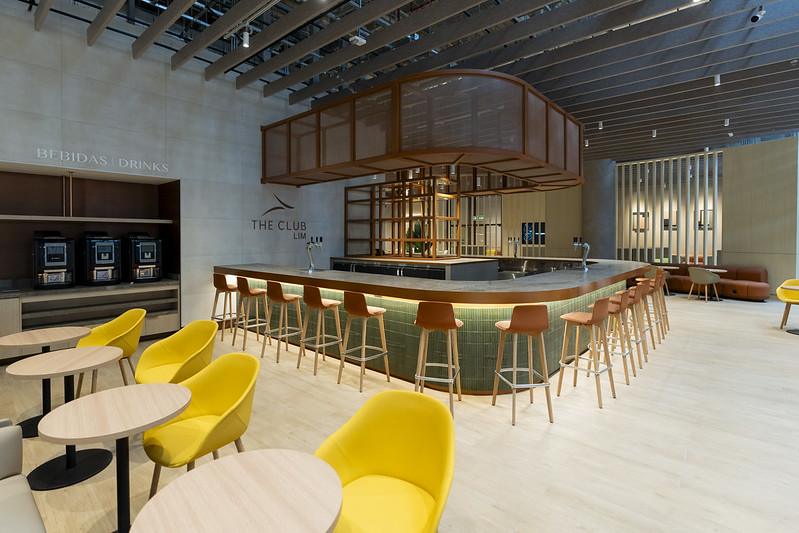
Port of Chancay: strategic ally of Peruvian foreign trade
Designed to accommodate large-calibre vessels from Asia, the port of Chancay will drastically reduce the transit time for goods. With an initial investment of US$1.3 billion and expansion projections exceeding US$3.4 billion, this port has an initial capacity of up to 1 million TEUs (twenty-foot equivalent units) per year and a direct connection to Shanghai that will be reduced by up to 10 days.
Its location on the country’s central coast and its proximity to the new Jorge Chávez International Airport, just 80 km away, creates a unique synergy for multimodal transport, allowing cargo arriving by sea to connect quickly and efficiently with international air destinations. This interconnection positions Peru as a strategic hub for global trade.
Logistics providers, tour operators, brands and commercial developers have before them a world-class infrastructure and a country determined to become the new centre of gravity in South America. It is time to position yourself. It is time to look to Peru.
Opportunities for the logistics and commercial sector
Infrastructure failures and operational problems, among other issues, that were recorded at the airport prior to its inauguration allowed critical areas to be identified, representing an opportunity for logistics providers and specialised operators wishing to offer integrated last-mile solutions, multimodal transport, security and technology for airports.
Although it was announced in October 2024 that part of the airport would be operational in November of that same year, it was not until eight months later that it was finally able to open. What were the reasons for the delay? During its implementation phase, the project faced challenges related to road access, coordination between authorities and the validation of safety standards.
In May, LAP recommended that passengers plan ahead for their departures due to traffic. The trial run began with test flights, but problems were reported, such as lack of signage, traffic congestion, and deficiencies in pedestrian access. Finally, it was decided that the new airport would officially begin operations on 1 June 2025.
In such a dynamic environment as that offered by the renovated Jorge Chávez Airport and the Chancay Megaport, having a local public relations agency such as Sherlock Communications is essential. With a presence in Peru and regional experience, the agency can help international companies strategically position themselves with key media and audiences.
Whether for brands looking to enter the market and take advantage of Peru’s economic growth, logistics operators seeking to communicate their competitive advantages, or players in the tourism sector betting on new routes, effective and culturally adapted communication is the key to standing out in this new South American hub.
The economic growth of Peru is just one of the many transformations taking place in the country and across Latin America as a whole. In such a dynamic environment, partnering with a local public relations agency like Sherlock Communications is a distinct advantage.
With a team and office in Lima and extensive regional experience, we help international companies strategically position themselves, reaching the right audiences and standing out in the local media.





